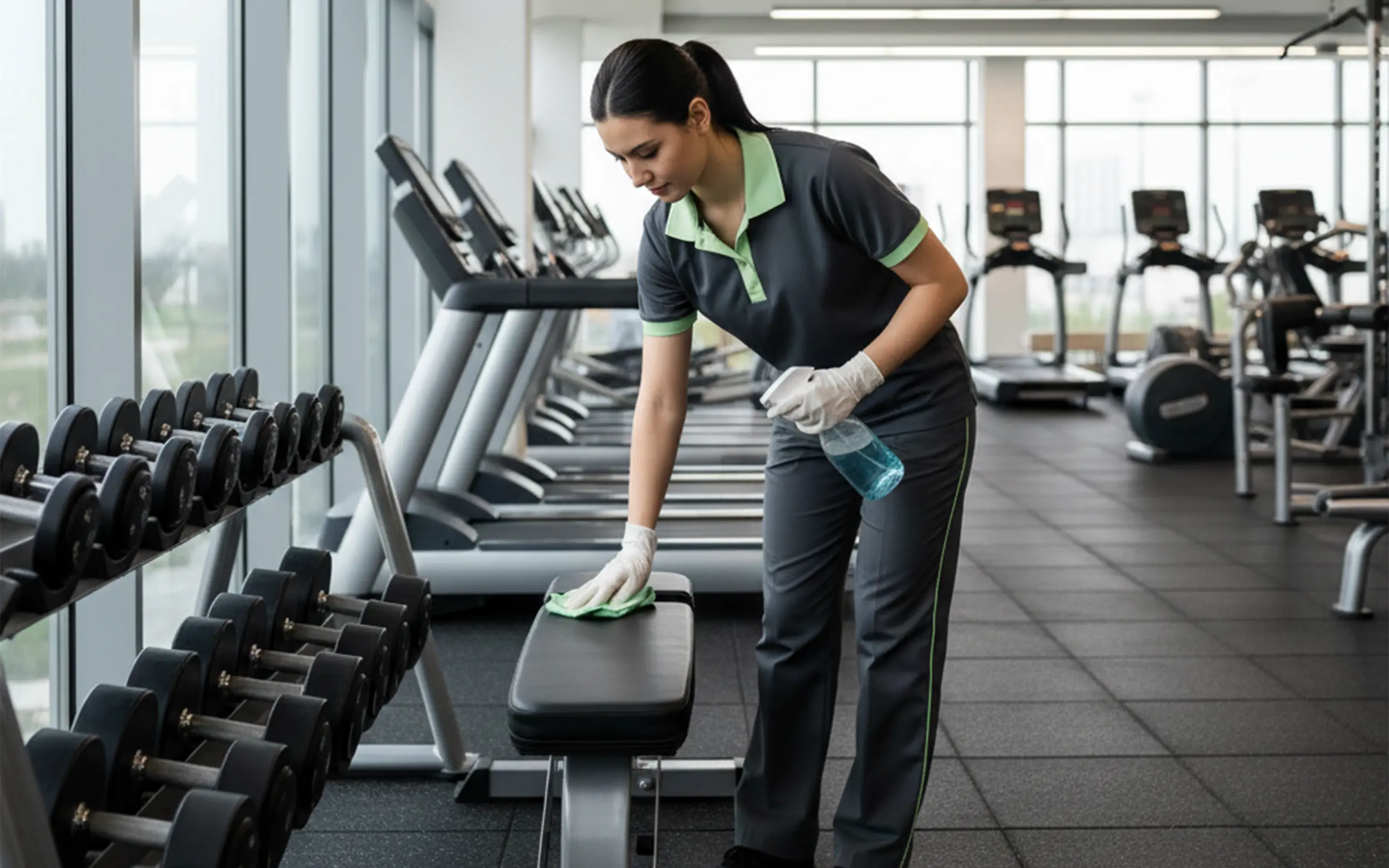
How We Maintain Government Facilities: A Walkthrough
See how government facility cleaning works—security, onboarding, QA, green cleaning, and communication—step by step.

Step 1: Define Your Facility’s Needs (Before You Request Quotes)
Create a one-page brief covering:
This prework ensures bid proposals match your reality instead of generic packages.
Step 2: Verify Non-Negotiables (Safety, Compliance, and Insurance)
Ask each vendor to provide:
If your facility has unique requirements (government, fitness centers, dealerships, retail), confirm they’ve serviced similar environments.
Step 3: Ask About Quality Control (How They Prove It’s Clean)
A reliable partner will show you:
Step 4: Understand the People Plan (Staffing, Training, and Retention)
Great results come from stable teams.
Step 5: Green Cleaning & Supply Management
Ask how they:
Step 6: Communication & Responsiveness (Make It Easy to Work Together)
You want clear, consistent updates and fast responses:
Being responsive, transparent, and relationship-driven isn’t marketing fluff—it’s what keeps your facility running smoothly.
Step 7: Transparent Pricing and SLAs
Request itemized pricing tied to scope (square footage, frequencies, periodic tasks) and ensure the contract includes:
Step 8: Site Walks, References, and (If Possible) a Pilot
Step 9: Onboarding That Sets You Up for Success
Insist on an onboarding plan that lists:
Choosing a janitorial partner is about trust, communication, and consistent results—care you can trust, service you deserve.
Ready for a side-by-side proposal?
Get Your Free Cleaning Quote and we’ll tailor a scope to your spaces, timelines, and goals.
Look for evidence of safety training (OSHA), documented SOPs, and alignment with recognized frameworks like ISSA CIMS/GBAC-style protocols.
Normalize by scope: square footage, frequencies, periodic tasks (floors/windows), and clearly defined SLAs. Avoid generic “per month” pricing without details.
Inspection scores, response time, re-clean rate, complaint trend, and supervisor visit cadence. Ask to see sample reports.
Within 30 days, you should see stabilized staffing, baseline inventories, and a first business review with trend data.
Yes—30–60 days with defined goals and success metrics helps de-risk long-term contracts.
If you want this handled for you—stocking supplies, daily cleaning with high-touch hygiene, weekly fridge resets, and monthly deep cleans—our Office Building Janitorial team can take it off your plate.

See how government facility cleaning works—security, onboarding, QA, green cleaning, and communication—step by step.

Understand the difference between vehicle detailing and facility janitorial for dealerships—who does what, where, and when—plus how to coordinate both.

Use this practical, copy-ready schedule to keep workspaces healthy, presentable, and low-maintenance. Align daily touch-ups with weekly resets and monthly deep care to prevent build-up, protect flooring, and reduce complaints.

A clean breakroom protects staff from foodborne illness, reduces odors and pests, and keeps shared appliances working longer. Use the policy, checklists, and signage below to keep your shared kitchen consistently clean.